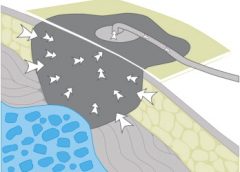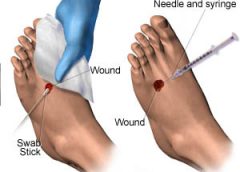By Pam Bowers, RN, and Liz Ferron, MSW, LICSW
Conflict in the workplace is a fact of life, and dealing with it is never easy. Sometimes it seems easier to ignore it and hope it will take care of itself. But in healthcare organizations, that’s not a good strategy. Unresolved conflict almost always leads to poor communications, avoidance behavior, and poor working relationships—which can easily affect patient safety and quality of care. (more…)
Read More


